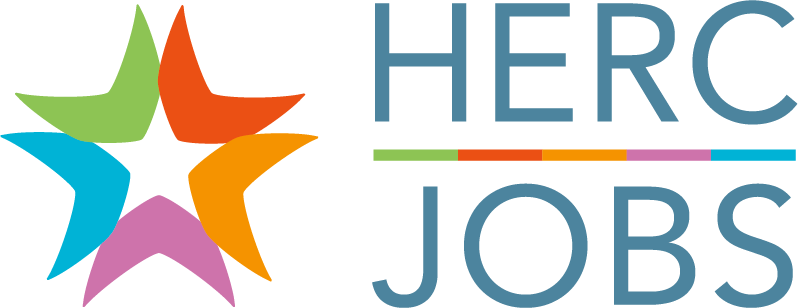Write Your Diversity Statement in Four Steps

The diversity, or inclusion, statement is becoming a staple of the academic job packet. But unless the hiring institution is clear about what they expect, how do you know what to write? And further yet, how do you go about writing it?
A 2018 paper from the University of Michigan described the common elements of diversity statements written for a postdoctoral fellow-to-faculty program. The program informed applicants “that the university was looking for indicators of demonstrated commitments to diversity, equity and inclusion and valued the different ways this might be demonstrated.” Arguably, any department or institution that incorporates the diversity statement into their evaluation of a candidate would have similar expectations.
Below are four steps that you can use to craft a diversity statement. The first three steps will guide the incorporation of three key components to a compelling statement: your background, what drives your commitment to diversity, and how you demonstrate that commitment. The final step provides resources and suggestions to refine your statement for inclusion in your job packet.
1. Provide Your Context
This is where you write your life’s story. Well, part of it anyway. Your experiences, expectations, and identities as a human all influence your perspective on diversity. Furthermore, they are potentially important context for the reader to fully understand your commitment and solutions. Since step four is revision, go ahead and write down any potentially important background information that comes to mind.
There are reasons (e.g., legal, personal, political) why you may not want to reveal all of your identities and there are professionals who advise against it. If that is the case for you, skip over them.
2. Identify Your Diversity Conflict
Why are you committed to diversity? What realization or life experience(s) prompted your commitment? These are the questions that need to be answered during step two. I call this a “diversity conflict” because the answers to these questions are generally the situation(s) where an internal (or external) conflict arose. As an example, my own diversity conflict occurred when research on gender inequity in STEM shattered my long-held belief in meritocracy. Because I have a strong, motivating desire for everything to be fair, the resolution of that internal conflict was a commitment to diversity, equity, inclusion, and justice.
Like in step one, think back and list any personal experiences, or experiences that you witnessed, that prompted a similar internal conflict. Importantly, the conflict(s) need to resolve into your commitment to diversity. If that resolution hasn’t occurred yet (it hadn’t for me!), then I encourage you to use this exercise as a means to identify it for yourself.
3. Demonstrate Your Commitment
How do you demonstrate your commitment to diversity? Many (if not all) of the answers to this question are already at your fingertips, in your CV or resume! List every position you held or project that you worked on (yes, even your research!) that furthered equity and inclusion. Remember, the goal is to demonstrate commitment, so historical (even pre-diversity-conflict) examples are fair game — dig out your old CVs and resumes, too.
Next, think outside the nine to five. In many cases, your personal diversity conflict and resolution also led to changes in your everyday that also demonstrate commitment. For example, did you start a blog or YouTube channel to talk about your diversity conflict (e.g., the challenges of LGBTQA+ life in the rural U.S.)? That’s furthering diversity through outreach.
4. Revise and Refine Your Statement
Now it’s time for the hard part. You need to sort through everything you wrote in steps two and three to find a cohesive message for your diversity statement.
To know what needs to be kept or tossed, first brush up on diversity statement etiquette and revise accordingly. Next, chose your diversity conflict and flesh out the details: what happened, when, where, how did you react, what was your resolution, etc. (Remember, if appropriate, ask permission before sharing another’s experience!) After the conflict has been described in the appropriate detail, go back through the first section to set the appropriate context. Ensure that there is enough detail (but not too much) for your reader to understand the full impact of the conflict for you.
Ideally, the context and conflict will comprise the first half of your statement and the second half will focus on how you demonstrate your commitment to diversity. Be sure that you’ve crafted a logical flow that seamlessly transitions your reader from your background, through your diversity conflict, and the demonstration of your commitment to diversity.
Finally, get several colleagues (from diverse backgrounds) to give your diversity statement a read and incorporate their suggestions as appropriate. By the end, you should have a diversity statement that reflects both your values and your value.
More Diversity Statement Resources:
Vanderbilt Center for Teaching
The Professor Is In: Making Sense of the Diversity Statement
Check out more Top Articles on HERC Jobs.
About the Author: Dr. Ada Hagan is a microbiologist with a passion for making science accessible. In 2019, Dr. Hagan founded Alliance SciComm & Consulting, LLC as a means to use her strong background in communications and higher education to help make scientific concepts more easily understood and make the academy more inclusive to future scientists from all backgrounds. Her writing and research have been featured by BBC Radio 4, Science Careers, The Scientist, Massive Science, and the American Society for Microbiology.
